People I Looked At
Once I knew what it was I needed to photograph
I decided to start doing some research into similar photographers and into the
style of photography I would be focusing on. Because my professional project is
focusing on modelling I decided to research fashion photographers and portrait
photographers, some of the fashion photographers I decided to look at were
photographers like Bruce Weber, Juergen Teller, Mario Testino and Steven
Meisel. Some of the portrait photographers I looked at photographers like Dan
Winters, Dmitry Ageev, Peter Hurley and even though he’s more of a documentary
photographer and not a portrait photographer I looked at Steve McCurry.
Bruce Weber
Bruce Weber is a famous fashion photographer
who I have looked at he is well known for his work with magazines such as
Vogue, Rolling Stone, Vanity Fair, GQ and more, he is also well known for his advertising
campaigns with companies like Calin Klein, Ralph Lauren, Abercrombie & Fitch
and Versace. Away from photography he is also known for being a filmmaker and
is known for making music videos with the Pet Shop Boys. I looked at Bruce
Weber because I feel he is a very professional photographer and gets very professional
results which is proven by the number of famous clients, I also looked at his
work because he has taken photographs in many styles and situations, for
example headshots, full portraits, black and white, colour, in and out the
studio, celebrities and the average person.



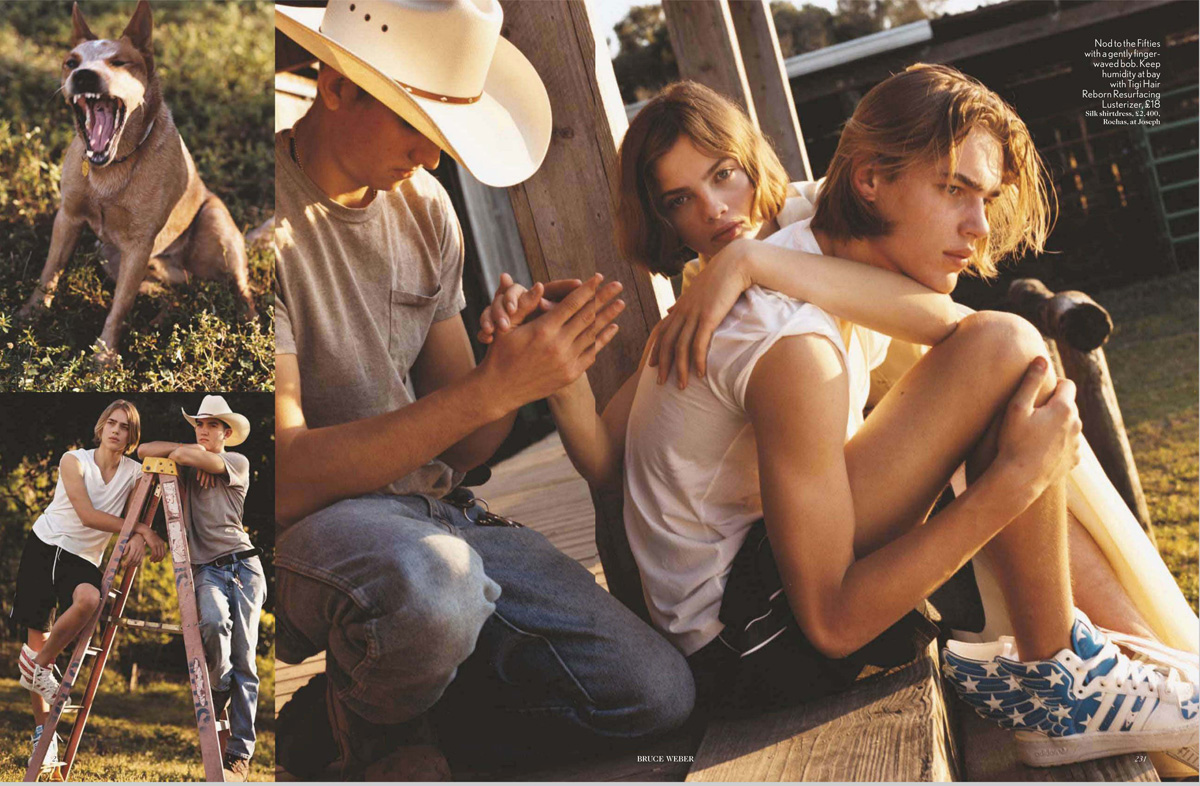






Juergen Teller
Juergen teller is also a fashion photographer,
he is a photographer who was had his woke in magazines like Vogue, The Face and
Another Magazine. Other than magazines he has worked with many famous
celebrities such as Bjork, Winona Ryder, Rufus Wainwright, Michael
Stipe and Kanye West when he photographed the 2015
culture edition of T Magazine, he has also worked with other
artists such as William Eggleston and Roni Horn. Not only does Juergen Teller
focus on fashion photography he is a photographer who also focuses on
fine art portraits and photography. I have focused on Juergen
teller because I like the use of colours, he uses very soft, watered down
colours but still manages to use the colour to capture the viewers notice, I
like this because usually a lot of portrait photography is done in black and
white.

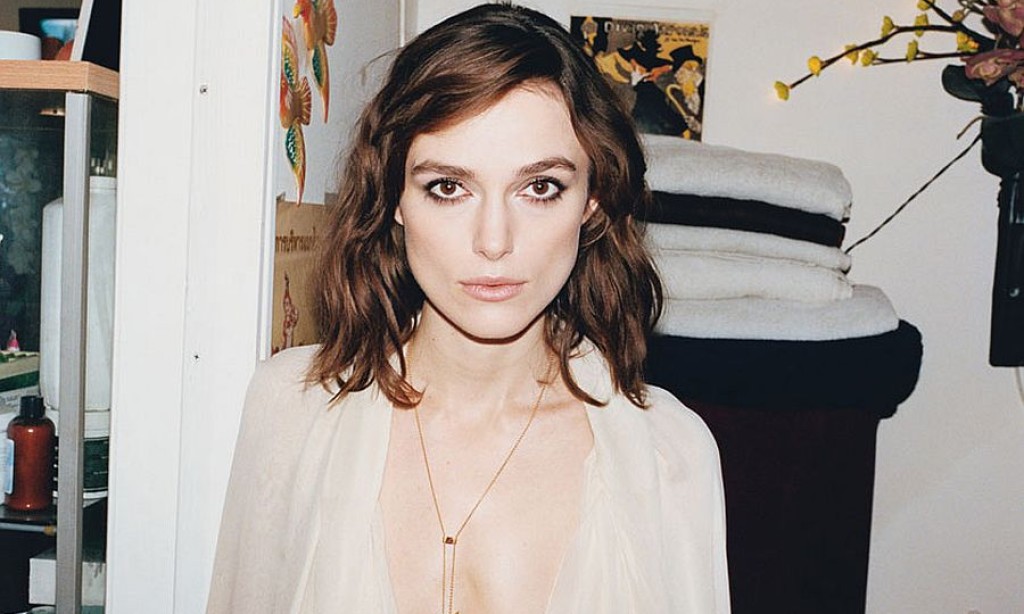







Mario Testino
Mario
Testino is a photographer from Peru, he like the other photographers I have
looked at is very well-known for his photography which focuses on portraits and
fashion. He has been involved in magazines such as Vogue, V magazine, vanity
fair and GQ. He has also done advertising campaigns with Gucci, Versace, Dolce
& Gabbana and Burberry, he has worked with many well-known people such as
Kate Moss, Naomi Campbell and even the royal family. I like Mario Testinos work
because like Bruce weber he works in both black and white and colour and
produces very good looking images from both. like Juergen Teller he photography in colour but were as juergen teller captures soft, watered down colours the images Mario Testino takes contain colours which are are bright, vibrant and eye catching.






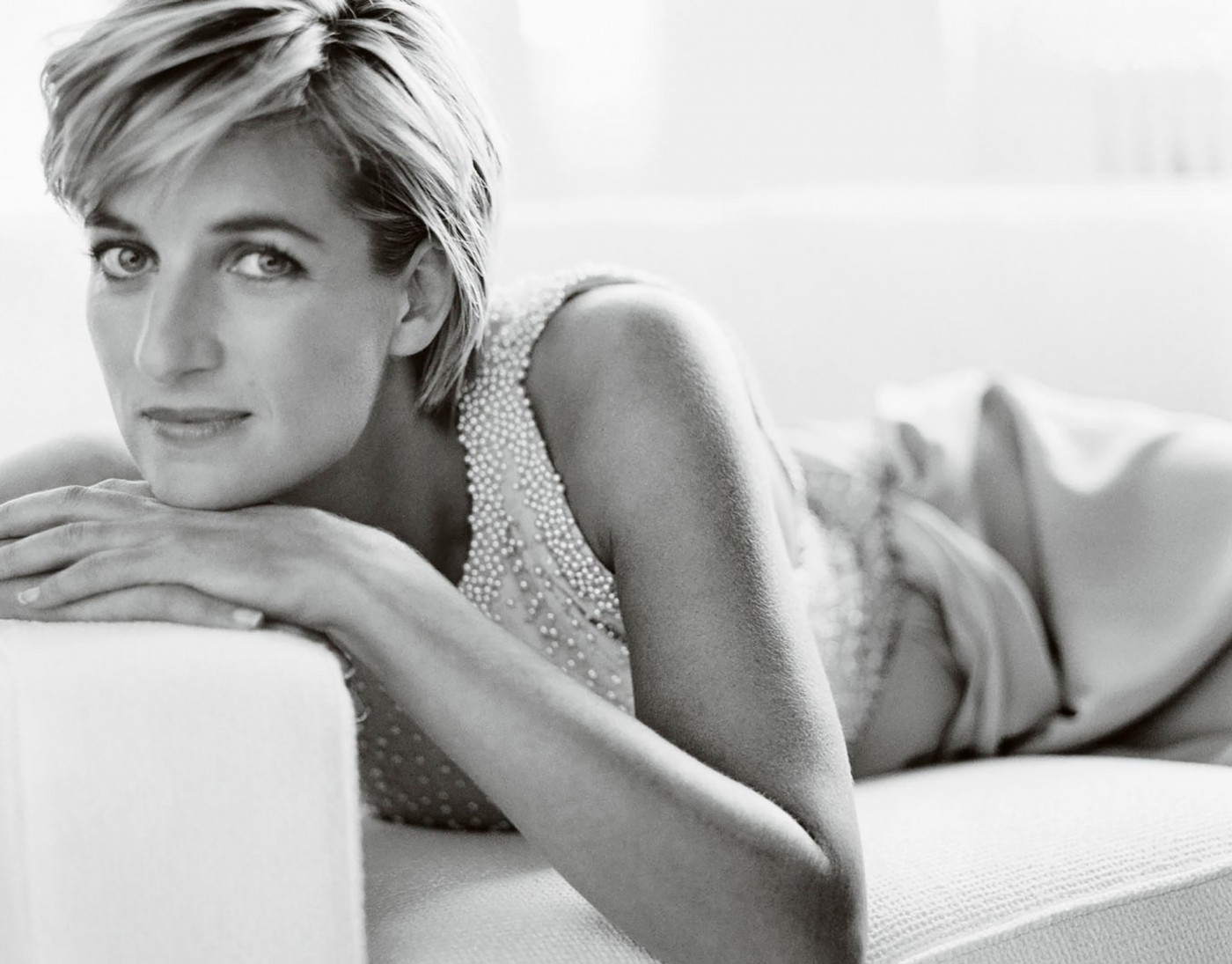


Steve Meisel
Steve Meisel is a photography who has been
photographing every cover of vogue for the last decades and has photographed
every Prada advertising campaign since 2004. He has also worked with
many other company’s such as Calvin Klein, Versace, Louis Vuitton and more. the
reason I looked at Steve Meisel and saw him as inspiration is because ever
image has the model doing something significant an interesting, none of
his images are just a straight on photograph, also like the other photographer
I like has he varies from black and white and colour, even though he
photographs in black and white most of the time the images he produced for vogue
are very colourful and appealing.



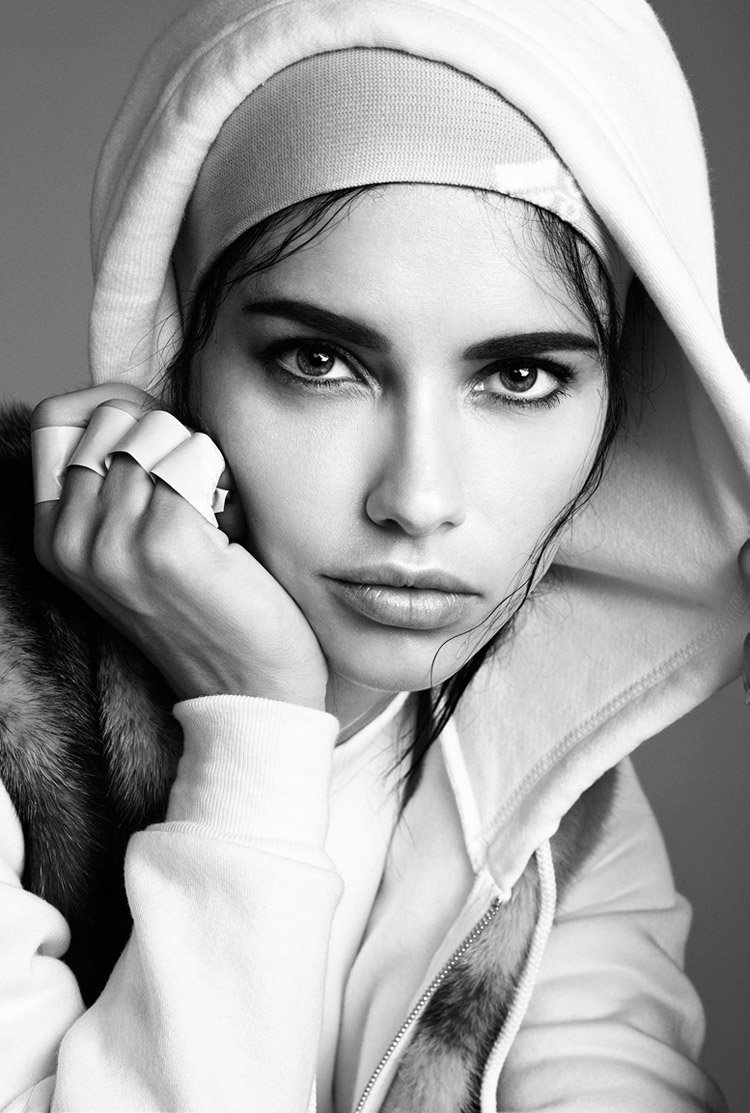
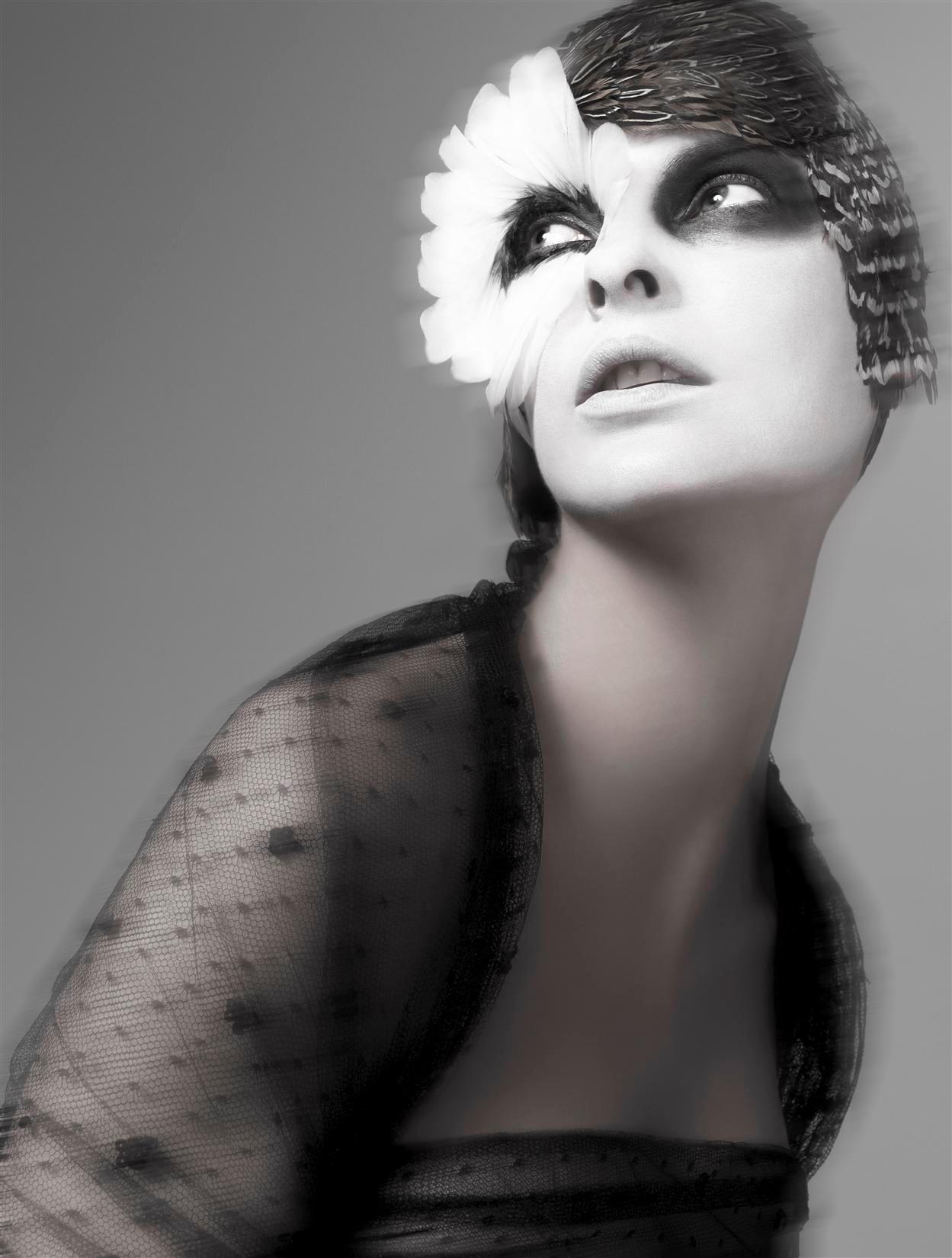





Dmitry Ageev
Dmitry Ageev is a photographer who I have
looked at during my research, I liked his work because unlike modern day photographers his work looks very recognisable, whereas a lot of photographers
go for a very modern look I feel his work contains a very traditional look, for
example the colours he’s uses, the angle and the filters he uses. I also like
the detail he captures when he takes an image, especially with the eyes of a
model, I think this is what capture the views attention more than the colours
which I think is why he gets away with a traditional look.








Dan Winters
Dan Winters is a portrait photography who has a
massive catalogue of work involving many different people, from celebrity’s
such as Brad Pitt, Barack Obama, Will Ferrell and many more to you average
person and things of significant for example photographs of Mexican gangs and
Women in the Military. The reason I like his images and have been inspired by
him is because even though his images look very professional they also have a
flare of atmosphere to them like an art piece. I also like how has taken a very different images not just straight on portrait shots.








Peter Hurley
I have chosen to look at peter Hurleys work because I feel his work is different
to the other photographers I’ve looked at, he is a photographer who is famous for
his very simple yet effective headshots, this is one of the reasons why I have chosen
him as an inspiration. His shots contain every day, average people and are just
captured in front a plain black or white background. he has also done some work
with portraiture not just headshots on of these is a project called Lost people
which contained images of the people form the show lost in various locations.












Steve McCurry
Steve McCurry is a documentary
photographer most famous for the image "Afghan Girl" which he took in
1984 and was made famous when it appeared on the cover of national geographic. He
is a documentary photographer which captures the face of a person and takes a
lot of portrait shots, this is the reason I chose to look at him work. A big
thing which stands out to me is the colours and the texture in the images, I
think to get the colours he has and there textures he has in a environment
which hasn’t been controlled is a very hard thing to do and produces some
fantastic results. Another reason I looked at his work is because of the shots I
will be doing are outside and a lot of his work is taken outside in an
uncontrolled environment.












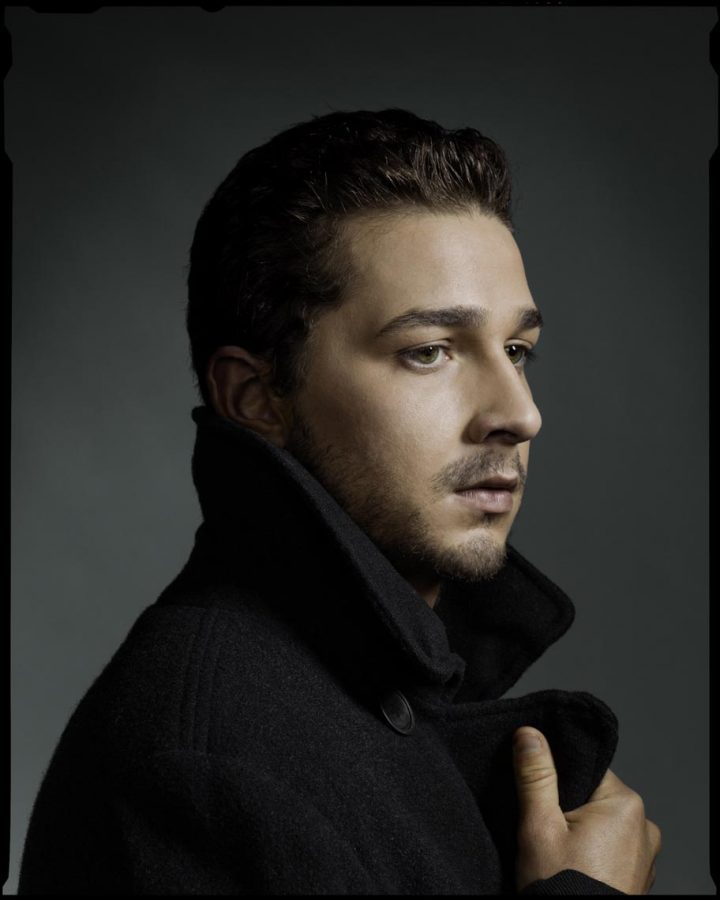




.jpg) (5)
(5)



















